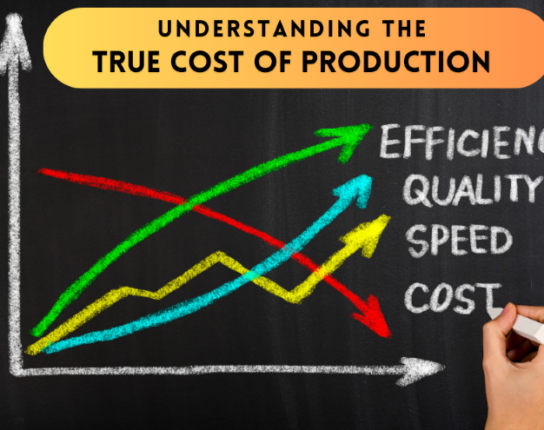If you can’t immediately distinguish the two, you’re in good company. Many business experts have differing views on where to draw the line between business intelligence and analytics. What they do agree on is that both are necessary to solve problems and keep your company growing and moving forward.
Business intelligence (BI) is more about the big picture and looking at overall trends. Business analytics (BA) focuses more on the mechanics of why it is so, giving you a better understanding of how to adjust course. So, use business intelligence techniques to look at what is going on, and analytics to figure out how to affect it. It’s not business intelligence vs. business analytics—both are equally important.
Correlation vs. Causation
Business intelligence excels at finding a correlation between two factors. It brings up patterns and shows trends that help you delve deeper into what’s going on. But beware of the assumption that BI data can bring: that correlation equals causation.
Many things appear correlated that aren’t causally related. For instance, homicide rates go up as ice cream consumption rises. The temptation for our pattern-seeking brain is to see this correlation and infer causation.
A better explanation is a common cause: both increase as the temperature rises. Heat makes people grumpy, gets them into more outdoor interactions, and also makes them crave more of everyone’s favorite summer treat.
When practicing business intelligence, don’t fall prey to spurious correlations. Temper it with sound, thorough, and structured data analysis. You need both BI and BA to forge a corrective path, so don’t get carried away with one or the other. Business intelligence and data analytics tools have come a long way, while AI, predictive learning, and machine learning have made data mining and predictive analytics more accessible than ever.
It’s easy for so much real-time information to inundate your analysis method that you don’t know how to proceed. That’s why every business needs to…
Define Your Goals
It may not be easy to pinpoint what you need, but there are always things that obviously don’t apply to your business model. Start eliminating irrelevant information from your business intelligence strategy to keep yourself on-task. Data science isn’t exactly new, but it’s still being refined at every turn.
Using online analytical processing will save you a ton of time, but may deluge you with extraneous information. Here’s how you avoid that:
- Identify your problem
- Set a goal for fixing it
- Disregard everything that isn’t related to the problem or the solution
Now, step three could get dicey, but only if you don’t have a handle on your industry. Almost everything is at least tangentially related in some way, but there is also a myriad of things you can’t control:
- A drought on the other side of the globe isn’t relevant unless it will affect your supply prices.
- Summer ice cream consumption isn’t relevant unless you’re in that market.
- The team most likely to win the Superbowl won’t affect your advertising campaign for game-day snacks. People who are rooting for both teams want the same snacks.
Focus on what applies to your business:
- If you’re a pet food manufacturer, you do want to know if more people are getting pets this year than last. Maybe you could tweak your marketing campaign to appeal to new pet parents.
- Do you regularly process fresh fruits and vegetables? Then you want to monitor how many people have become vegan in the past few years.
- If you produce fresh bread and other bakery items, you want to know how many people are interested in gluten-free options.
Once you’ve used gathered historical data to analyze past trends with your BI tool, you can tie it in with your BA data to get a complete, past-and-present look at industry trends. Then you can utilize these insights to construct real-world solutions that address current problems while preventing future ones. It’s an increasingly data-driven business environment, and you can’t afford to be left behind in today’s competitive marketplace.
It’s critical that you have access to data trends, both past, and present, internal and external to your business. You need to know how the industry is faring, as well as how your business stacks up against the competition. With predictive analysis that’s tailored to your company’s needs, you can accomplish all of that and more.
Get HarvestBI
Our data engineers have built an analytics framework that allows data scientists to extract useful information targeted toward the perishable foods industry. Our business intelligence tools suite helps companies like yours compete with the big guys by saving time and money by cutting back on your business operations expenses. Hiring a business analyst who doesn’t understand your industry can hurt your long-term profitability. Learn how HarvestBI can help your company excel.










